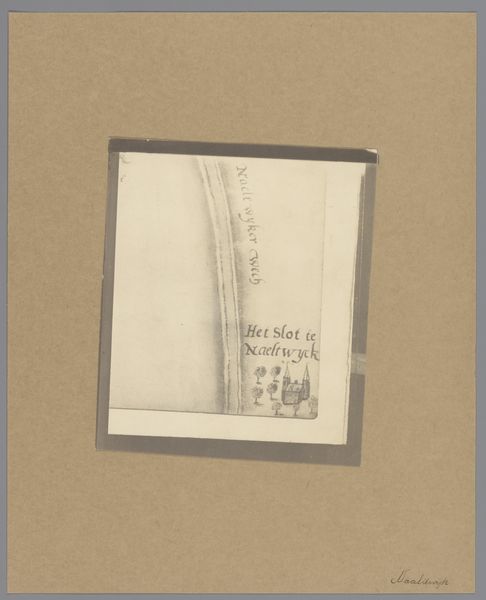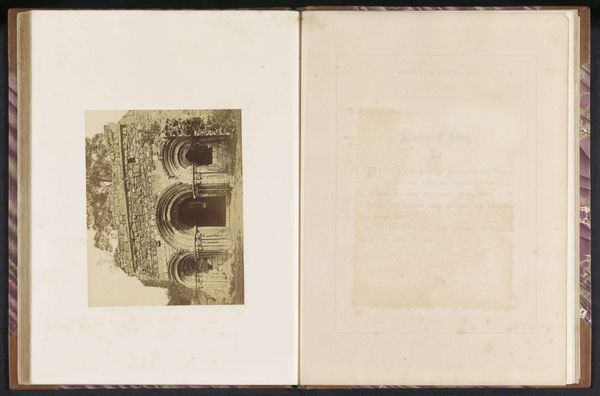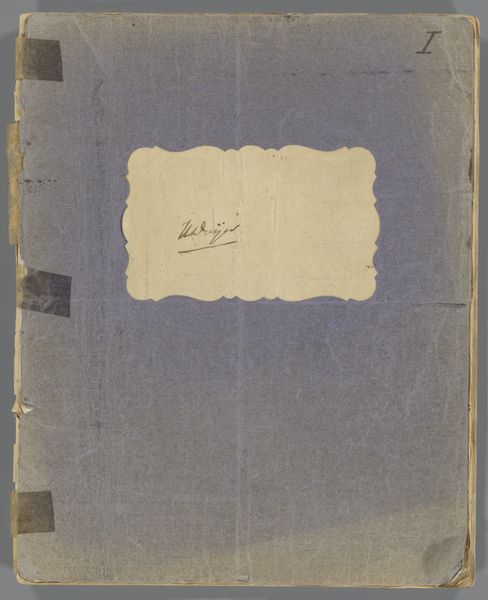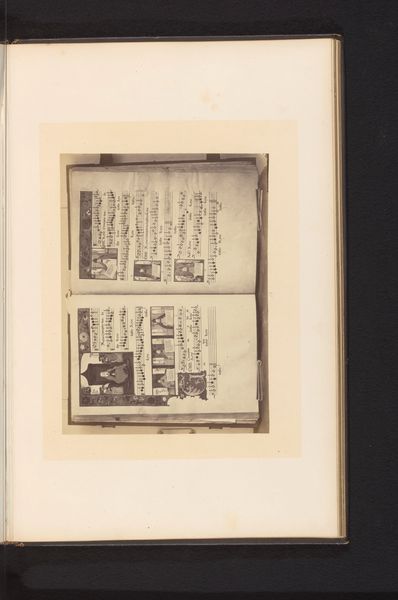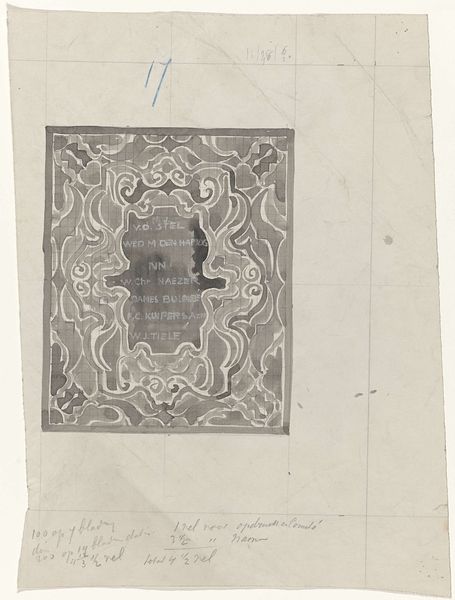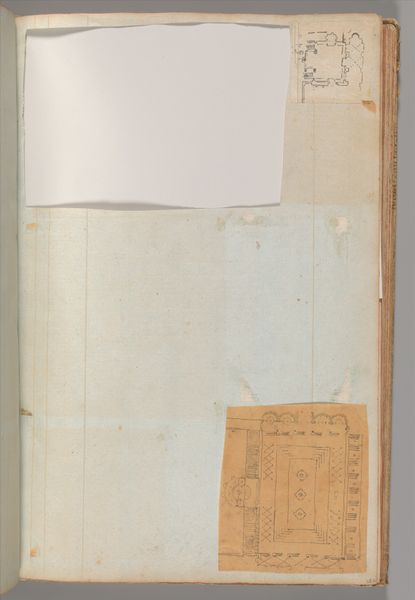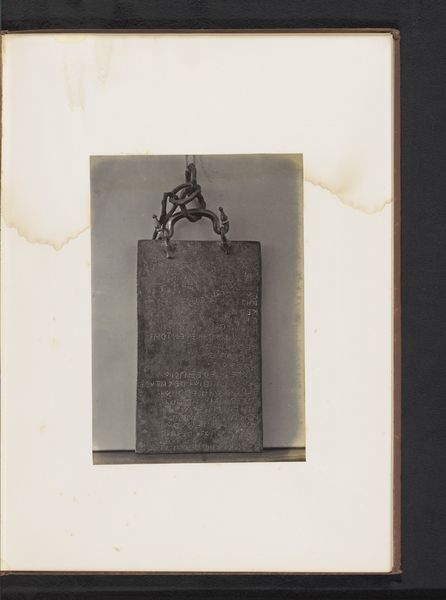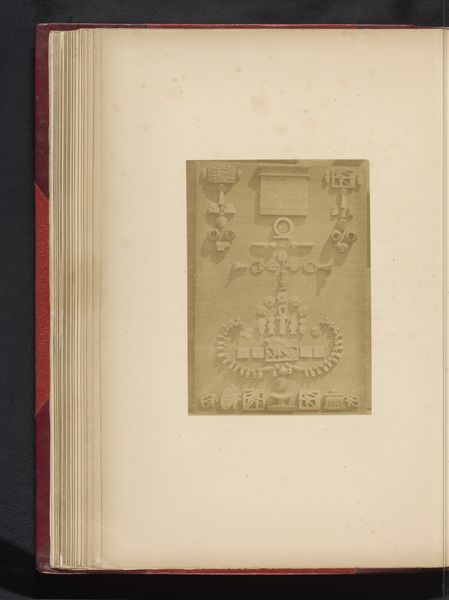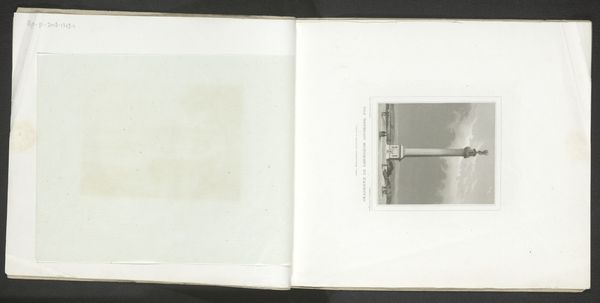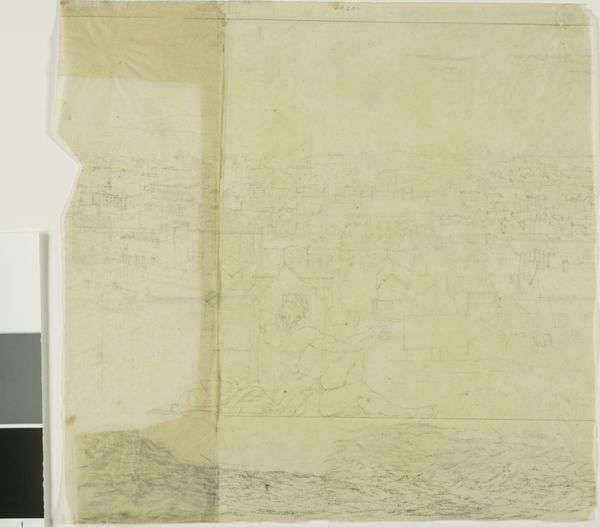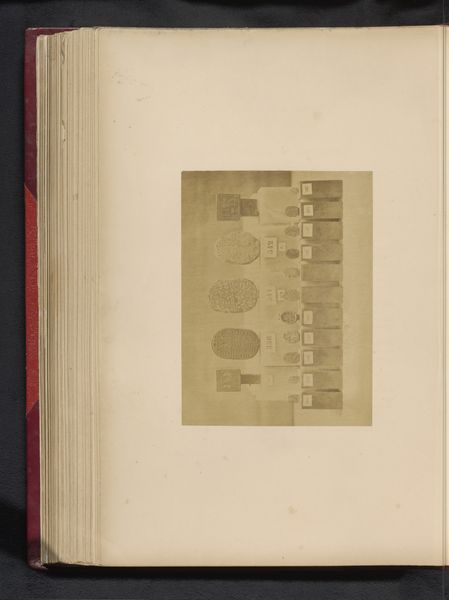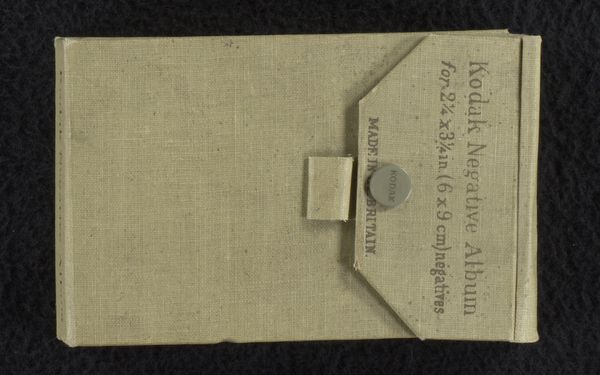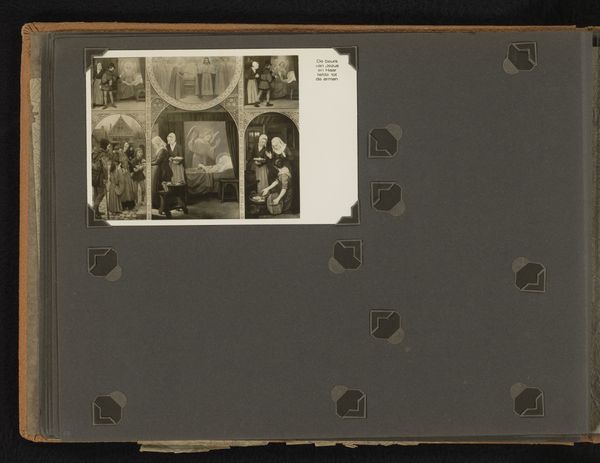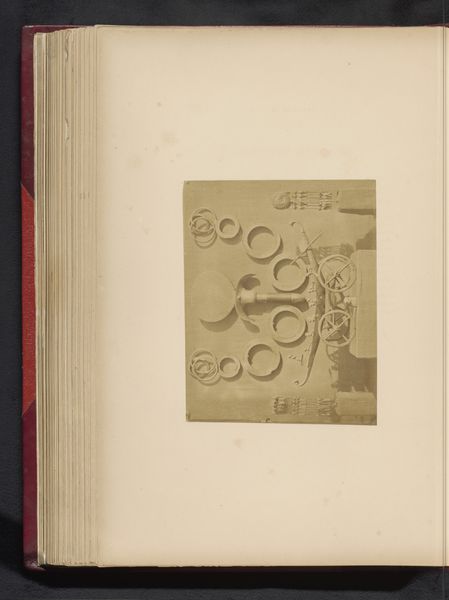
print, engraving
#
neoclacissism
# print
#
landscape
#
engraving
Dimensions: height 16.7 cm, width 10.8 cm
Copyright: Rijks Museum: Open Domain
Curator: This print, entitled "Monument van Beeckman in de Pieterskerk in Leiden", was created sometime between 1800 and 1850 by Jan Goedeljee. It seems to be an engraving, part of the Neoclassical movement, showing a landscape format with emphasis on memorial architecture. Editor: It’s quite striking, even with the somewhat faded tones. The starkness and symmetry evoke a sense of solemn remembrance, almost like a carefully staged theatrical production. Curator: Precisely! Neoclassicism in this period was frequently employed for public monuments and memorials. Notice the focus on clean lines and balanced composition. The wreath, likely a laurel, traditionally represents victory and honor, in this context most certainly signifying esteem for Beeckman's life and accomplishments. Editor: I’m wondering, given the social and political currents of the time, who was Beeckman and what were his contributions that warranted such a memorial? The engraving emphasizes civic duty, but whose duty and to what end? Curator: Beeckman, according to the inscription, served at Leiden University. Considering the rise of nationalism, his service was possibly intertwined with the project of solidifying Dutch national identity during this era. We must consider the Dutch socio-political landscape in the period the print was created. The Netherlands had undergone massive changes, the Batavian Republic and the Napoleonic Kingdom. Such structures acted to remind people about their duty to serve the Nation. Editor: Right. It highlights how commemorative practices aren't merely about personal memory but deeply implicated in statecraft. This work exemplifies how symbols, especially during times of upheaval, can be used to cultivate a shared narrative. The fact it's been reproduced as a print is in itself interesting. Curator: The printmaking allowed it to spread further into the Netherlands, potentially becoming more well known and reaching different types of public and classes. Editor: Considering everything, I think this engraving invites us to question which voices get enshrined and whose stories are promoted through these kinds of public memorials. It pushes one to examine what role historical narratives have to play with current narratives and national myths. Curator: Absolutely. Examining this engraving underscores the pivotal role art plays in immortalizing selected narratives and beckons a deeper scrutiny of its societal underpinnings.
Comments
No comments
Be the first to comment and join the conversation on the ultimate creative platform.
